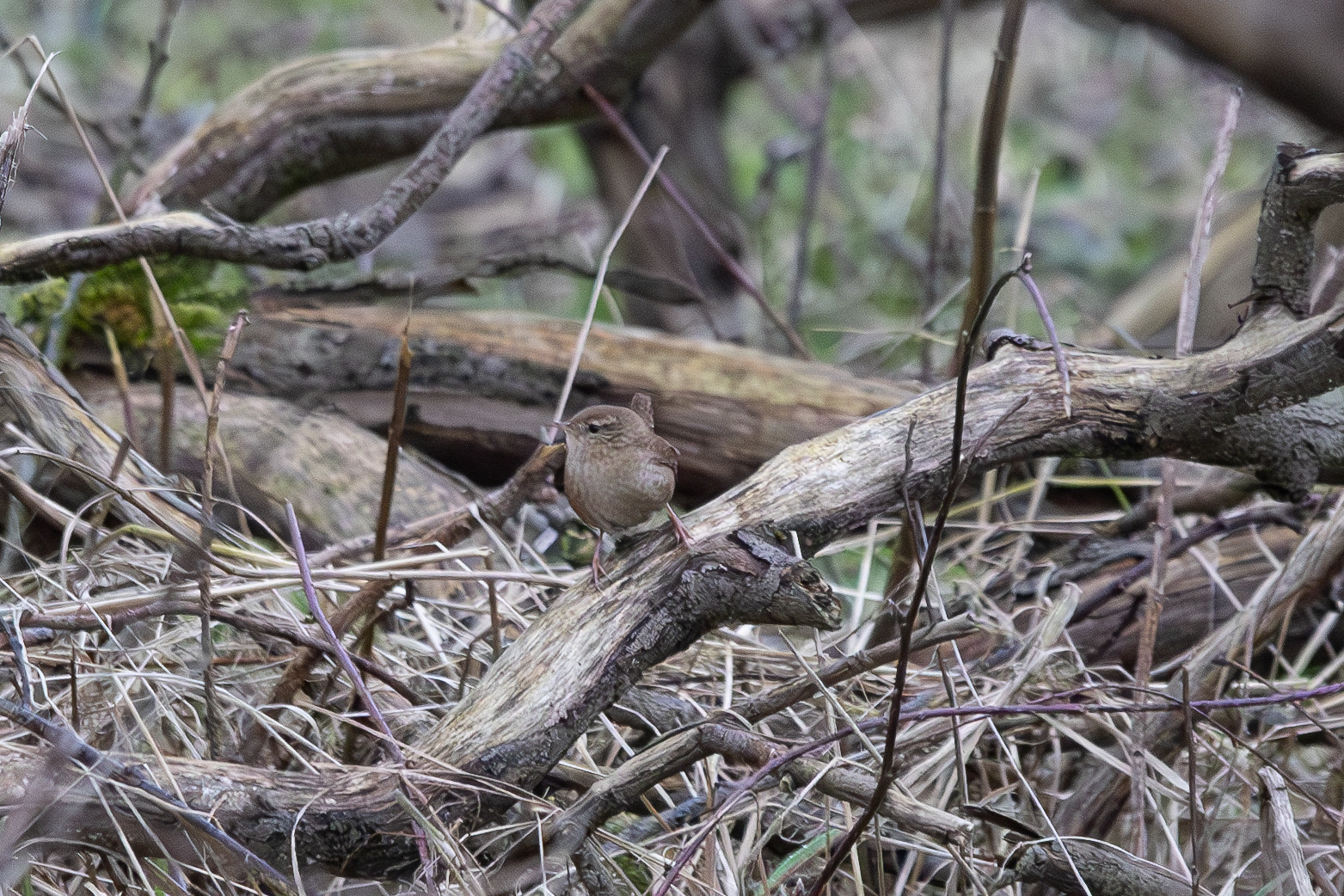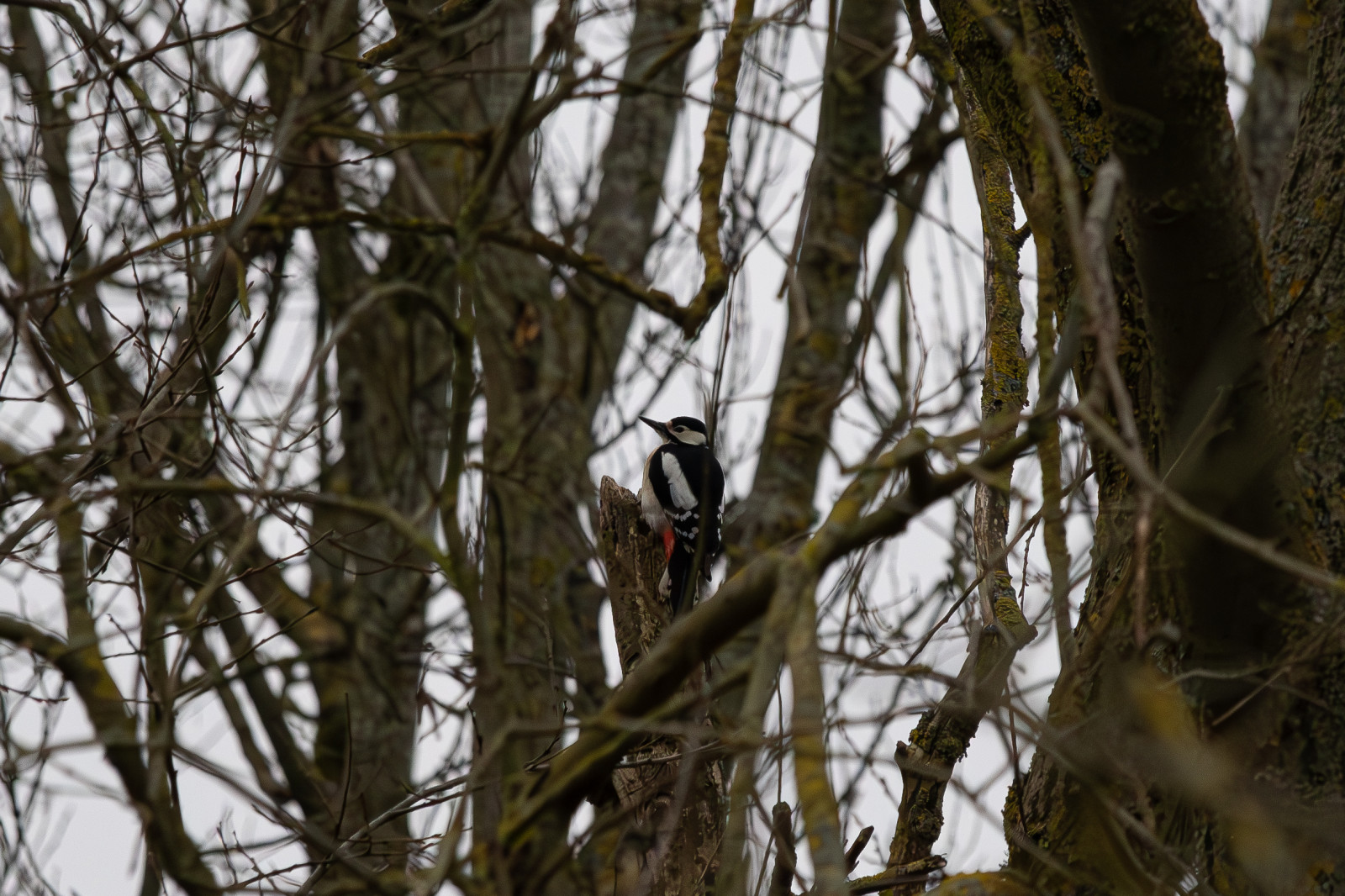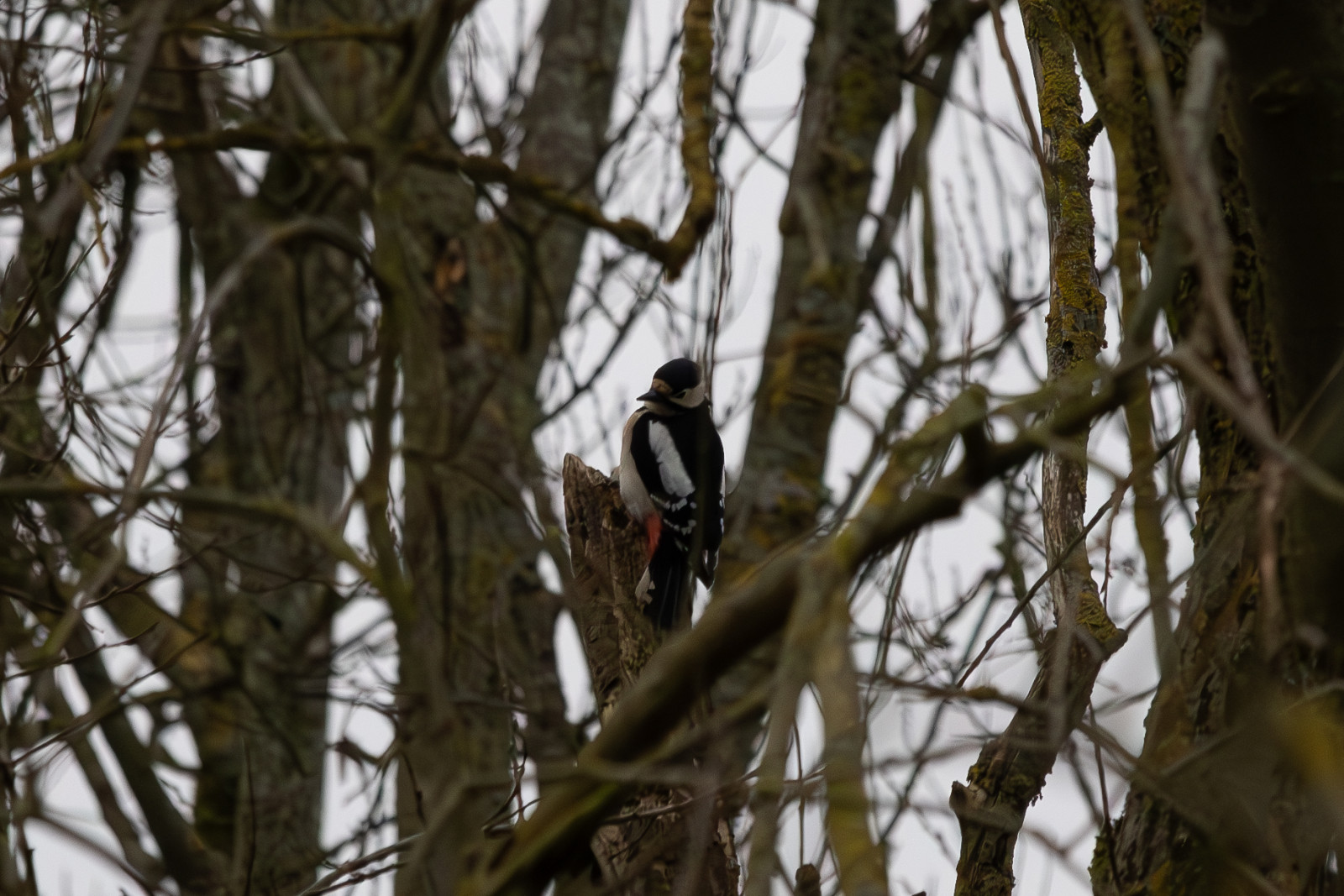Charger images
Les formats d'image autorisés sont de type jpeg, png ou gif
La taille maximale du fichier doit être de 20MB



This place has two faces: tidal mudflads and shorebirds on one side and a on the other side a former tidal area turned into a freshwater bird paradise.
The tidal mudflats harbour thousands of waders, ducks, geese and gulls, like Courlis cendré, Chevalier gambette, Tadorne de Belon and Bernache cravant. Many hop over the dyke and visit the shallow fresh waters on the other side, augmenting the already huge numbers of ducks, geese and grebes, including Grèbe à cou noir and Grèbe esclavon. Spoonbills breed here in a colony they share with Goéland argenté and Goéland brun. The Pygargue à queue blanche breeds on one of the wooded islets. On the fresh water part there are two trails running through open forest and along creeks with a bird hide. Konik horses, wild cattle and wisent graze here, and with luck, one might see pine marten. Rossignol philomèle, Locustelle tachetée, Tarier pâtre, Gorgebleue à miroir, Rougequeue à front blanc, Bouvreuil pivoine and Autour des palombes breed here together with many other species. Patches of reed contain Phragmite des joncs and Rousserolle effarvatte. Wooded watersides are occupied by many Bouscarle de Cetti.
_________________________
Nederlands: De Slikken van de Heen is een gebied dat twee gezichten heeft: aan de ene kant wadden en kustvogels en aan de andere kant een voormalig getijdengebied dat is veranderd in een zoetwatervogelparadijs. De wadplaten herbergen duizenden steltlopers, eenden, ganzen en meeuwen, zoals Courlis cendré, Chevalier gambette, Tadorne de Belon en Bernache cravant. Velen steken de dijk over en bezoeken het ondiepe zoete water aan de andere kant, waarbij de toch al enorme aantallen eenden, ganzen en futen, waaronder Grèbe à cou noir en Grèbe esclavon, toenemen. Lepelaars broeden hier in een kolonie die ze delen met Goéland argenté en Goéland brun. De Pygargue à queue blanche broedt op een van de beboste eilandjes. Op het zoetwatergedeelte lopen twee paden door open bos en langs kreken met een vogelkijkhut. Konikpaarden, wild vee en wisenten grazen hier, en met een beetje geluk zie je een boommarter. Rossignol philomèle, Locustelle tachetée, Tarier pâtre, Gorgebleue à miroir, Rougequeue à front blanc, Bouvreuil pivoine en Autour des palombes broeden hier samen met vele andere soorten. Rietvelden herbergen Phragmite des joncs en Rousserolle effarvatte. Beboste oevers worden bezet door talloze Bouscarle de Cetti.
Take the N257 to Sint Philipsland. There is a roundabout at the turnoff towards the little town. At the roundabout you can take a small parallel road that takes you north for circa 700m where further access with your car is prohibited. You can park your car there and start walking the trails through the forest (stairs up the dyke give access to them), or continue by foot or bike on the tar road, which brings you to the shallow fresh water lakes. Where the road crosses another dyke, you can view the tidal flats to the west. When you continue further, you will reach a point where you can cross the N257 to visit more mudflats on the salty west side. Do so, but be carefull when crossing the main road as cars drive fast here. Since the tar road is very long, access by bike is advised. One could also drive with the car to the north and park near the big look out tower near the Sluices and walk from there. This birding site ends here, but you can continue and more birds and birding places follow soon.
_________________________
Nederlands: Neem de N257 richting Sint Philipsland. Bij de afslag richting het stadje is er een rotonde. Bij de rotonde kun je een kleine parallelweg nemen die je ongeveer 700 meter naar het noorden brengt, waar verdere toegang met uw auto verboden is. Je kunt daar je auto parkeren en de paden door het bos gaan bewandelen (trappen op de dijk geven toegang), of te voet of met de fiets verder over de asfaltweg, die je naar de ondiepe zoetwatermeren brengt. Waar de weg een andere dijk kruist, kun je de wadplaten in het westen bekijken. Als je verder rijdt, komt je op een punt waar je de N257 kunt oversteken om aan de zoute westkant nog meer wadplaten te bezoeken. Wees voorzichtig bij het oversteken van de hoofdweg, want hier rijden de auto's snel. Omdat de asfaltweg erg lang is, is bezoek met de fiets aan te raden. Je zou ook met de auto naar het noorden kunnen rijden en parkeren bij de grote uitkijktoren bij de sluizen en van daaruit kunnen lopen. Deze vogelplek eindigtnu nog hier, maar je kunt doorgaan en binnenkort komen er meer vogels en vogelkijkplekken.
Votre feedback sera transmis à l’auteur.rice de cette zone et à l’équipe éditoriale de Birdingplaces, qui l’utiliseront pour améliorer la qualité des informations. (Vous souhaitez publier un commentaire visible en bas de page ? Fermez cette fenêtre et choisissez l’Option 1 : « Publier un commentaire, un conseil ou une observation ».)
Veuillez fournir des suggestions d'améliorations ou d'ajouts au texte de ce site ornithologique.
Veuillez fournir vos suggestions d'améliorations ou d'ajouts à la carte.
Veuillez fournir des suggestions d'améliorations ou d'ajouts à la liste des oiseaux.
Cliquez sur l'icône de l'oiseau () Insérez les noms d'oiseau dans votre langue. Ils seront automatiquement traduits pour les autres usagers !